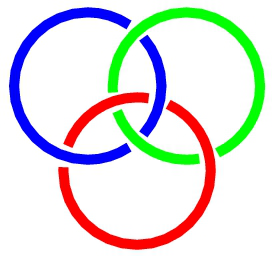Description
A low energy effective theory based on a microscopic multi-channel
description of the atom-atom interaction is derived for the scattering
of alkali atoms in different hyperfine states [1]. This theory
describes all scattering properties, including medium effects, in
terms of the singlet and triplet scattering lengths and the range
of the atom-atom potential and provides a link between a microscopic
description of Feshbach scattering and more phenomenological approaches
based on the treatment of the Feshbach molecule as a point boson.
It permits the calculation of medium effects on the resonance coming from the occupation of closed channel states. The examination of such effects are demonstrated to be of particular relevance to an experimentally important Feshbach resonance for 40K atoms. We then discuss the case of a single impurity
interacting resonantly with a gas of fermions and show how it changes from being essentially a quasi-particle excitation to a molecular excitation with increasing coupling strength [2].
[1] G. M. Bruun, A. D. Jackson, and E. E. Kolomeitsev, Phys. Rev. A, 71, 052713.
[2] P. Massignan, G. M. Bruun, and H. T. C. Stoof, arXiv:0805.3667.
Author
Prof.
G. M. Bruun
(Niels Bohr Institute, University of Copenhagen, DK-2100, Copenhagen, Denmark)

